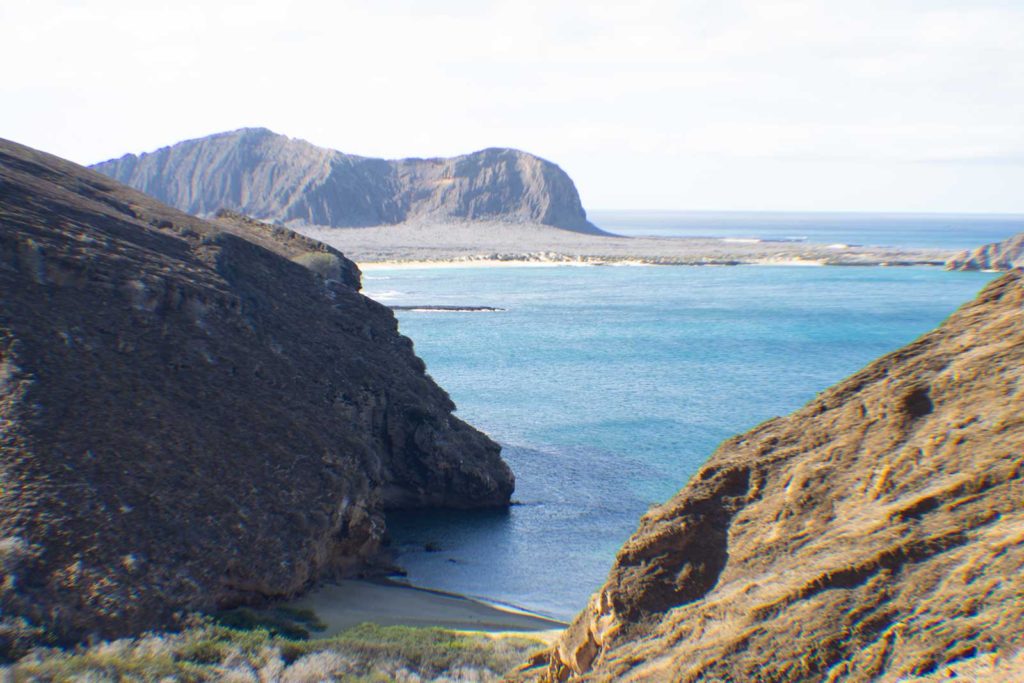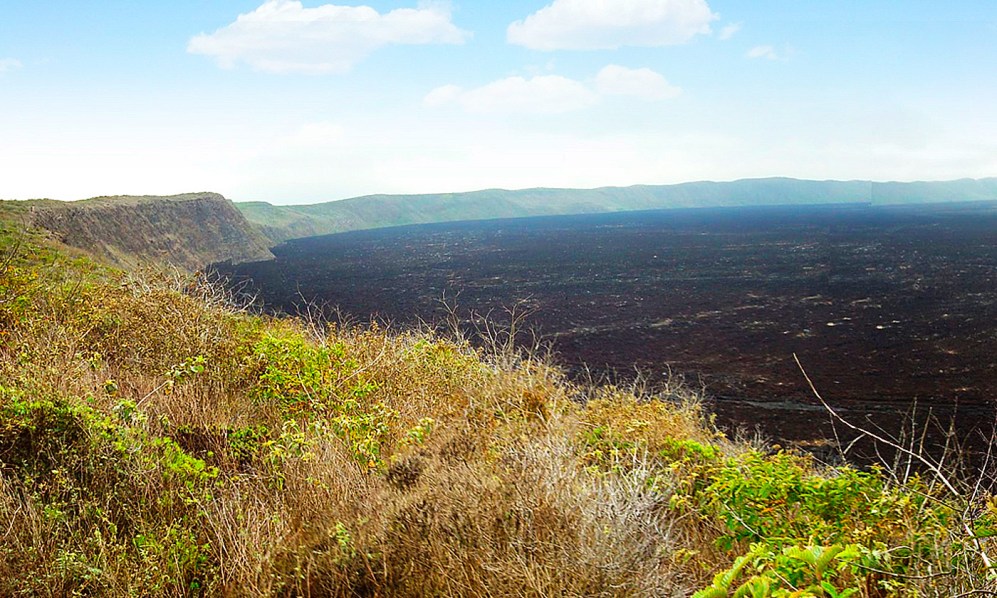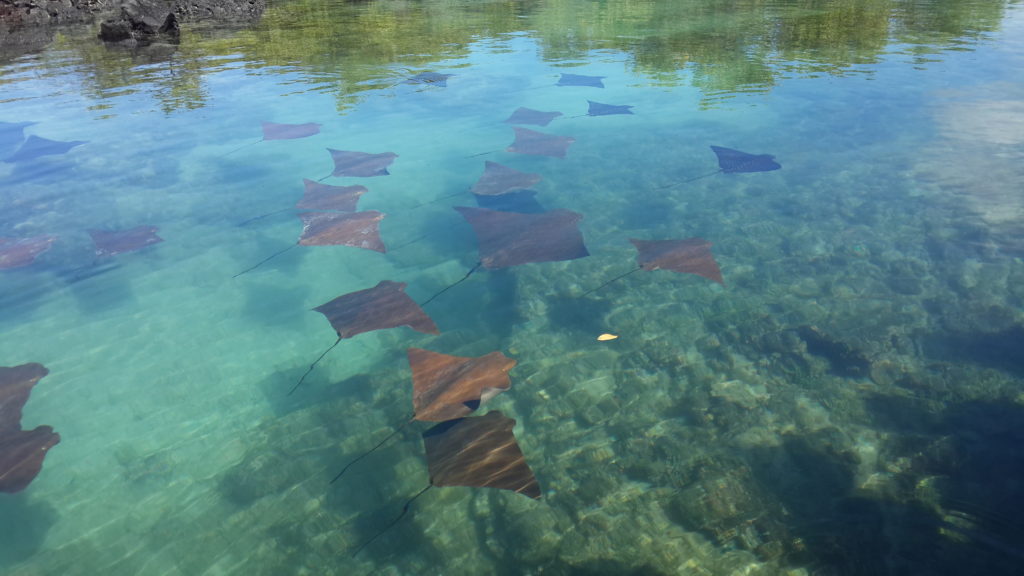The archipelago’s largest island, Isabela, was formed by the joining of five young volcanoes. While these volcanic regions contain extensive lava fields and little vegetation, the southern highlands and various other regions are covered by dense vegetation including the unique red mangrove. Isabela Island is also home to many native Galapageños living in the Island’s largest town, Puerto Villamil.
Isabela Fast Facts
- The Island’s five volcanoes still produce volcanic activity.
- Animals: Giant tortoise, large marine iguanas, flightless cormorants, penguins
- Area: 1771 sq. miles
- Highest Point: 5599 feet
Isabela Visitor Sites
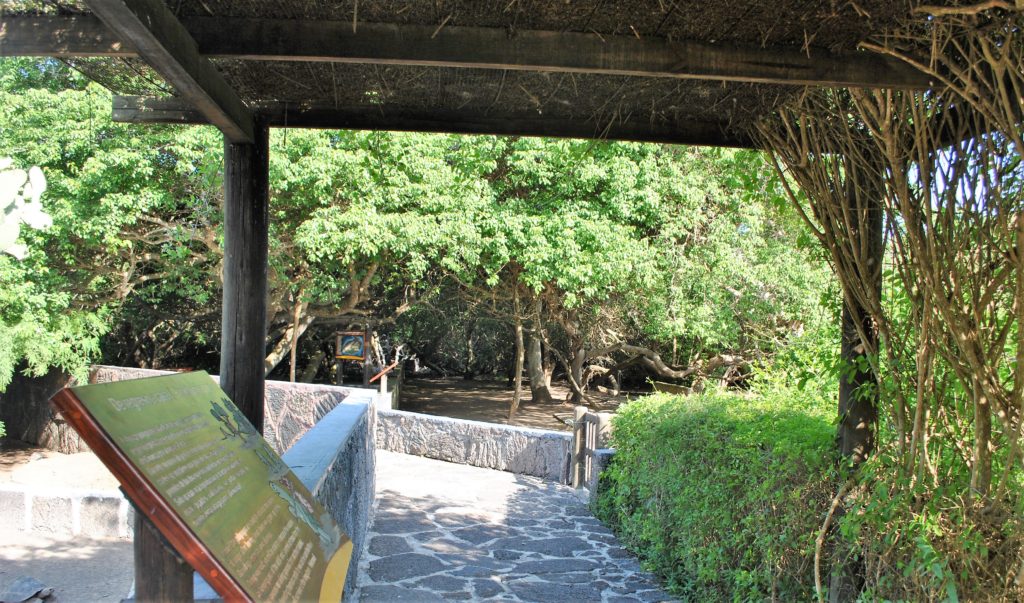
Arnaldo Tupiza Breeding Center
The Tortoise Breeding Center (also known as the Interpretation Center) is located nearby Puerto Villamil. A boardwalk connects the town to the Center, stretching across the wetlands and Prickly Pear Cacti shrub. Five sub-species of the Giant Tortoise exist on the island, yet their populations are threatened by introduced animals such as goats and cats. At the Tortoise Breeding Center, eggs are nursed in a hatchery and the giant tortoise adults are observed in supervised corrals. The Center aims to increase the population and secure the survival of these species.
Highlights: Two of the five sub-species of the giant tortoise.
Possible Activities: Walking
Difficulty: Easy
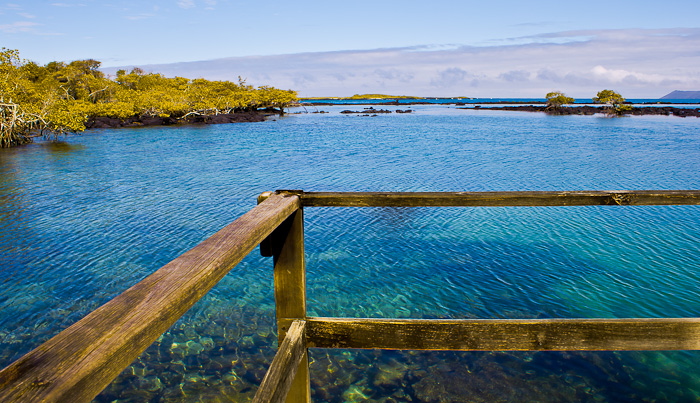
Concha Perla
Located in the Port of Villamil, the Concha de Perla can be reached via a wooden pathway. The bay’s calm, shallow, clear waters are ideal for observing the incredible array of marine life. Visitors can swim and snorkel alongside tropical fish, sea lions, penguins and turtles and it is also possible to observe up to 20 bird species.
Highlights: Sea lions, penguins, turtles, frigatebirds, flamingos
Possible Activities: Snorkeling, swimming, bird watching
Difficulty: Easy

Sierra Negra Volcano
The Sierra Negra Volcano boasts the largest basaltic caldera in Galapagos at 9 x 10 km. The site offers impressive views and the opportunity to observe up to 7 species of finch and a rich display of vegetation. The north side of the caldera provides evidence of its most recent volcanic activity in 2005.
Highlights: Basaltic caldera, stunning views, finches
Possible Activities: Hiking, walking
Type of Landing: Dry landing
Difficulty: Moderate

The Tintoreras
The Tintoreras Islets, located a short distance from Puerto Villamil, is home to a great variety of wildlife. Its turquoise, crystalline waters are inhabited by white-tipped reef sharks, Galapagos penguins, marine turtles and sea lions. One of its beaches, surrounded by mangroves is one of the few sites where marine iguanas can reproduce successfully.
Highlights: White-tipped reef sharks, penguins, marine turtles, sea lions, marine iguanas
Possible Activities: Dinghy ride
Difficulty: Easy
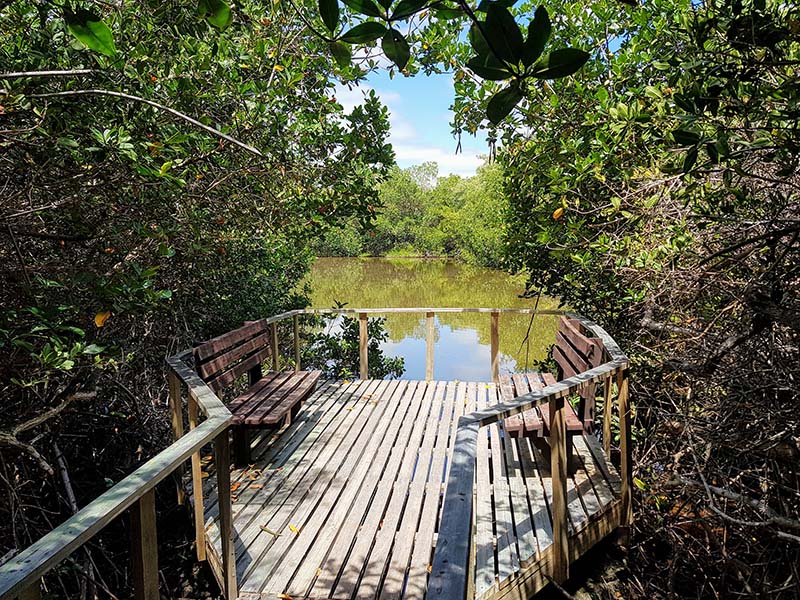
The Wetlands
The Wetlands of Isabela Island are located just outside of Puerto Villamil. The Wetlands consist of lagoons, swamps, and mangroves and are home to a variety of unique bird species such as common stilts, whimbrels, white-cheeked pintails, and gallinules. The Wetlands can be visited on foot via a path that winds through the swamps.
Highlights: Giant mangroves, shore birds
Possible Activities: Hike
Difficulty: Easy
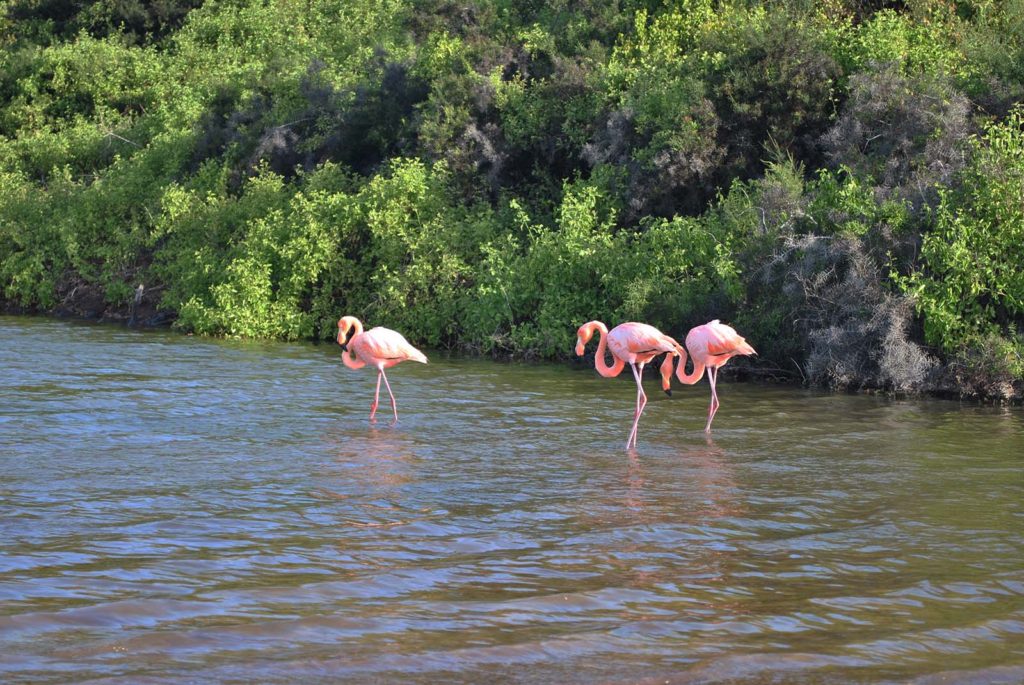
Flamingos Lake
To the west of Puerto Villamil there are various salt and brackish lagoons which house an impressive variety of coastal and sea birds. Here, visitors can also find the largest concentration of flamingos in Galapagos.
Highlights: Flamingos, lagoons, coastal and sea birds
Possible Activities: Bird watching, walking
Difficulty: Easy
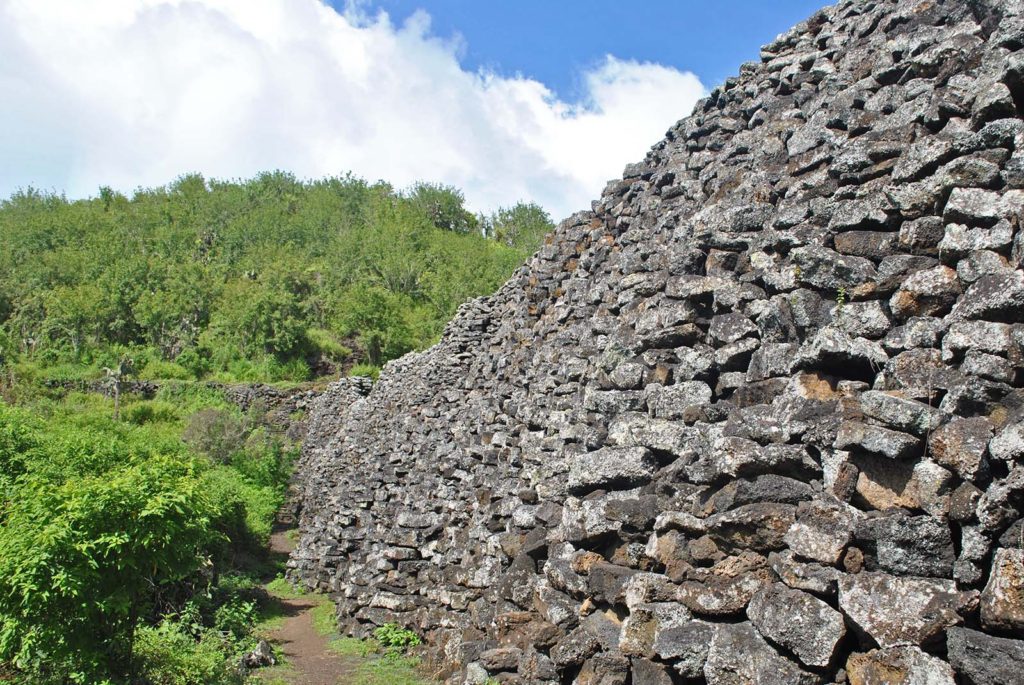
The Wall of Tears
From 1945-1959, a penal colony hosted prisoners who were forced to build this wall, stone by stone, in isolation. This now historical site (El Muro de las Lágrimas), towering at 65 feet (25m) high, took the lives of thousands during its construction. Locals claim to hear cries emanating from the heavy energy surrounding the site.
Highlights: Historic site
Possible Activities: Hiking
Difficulty: Easy

